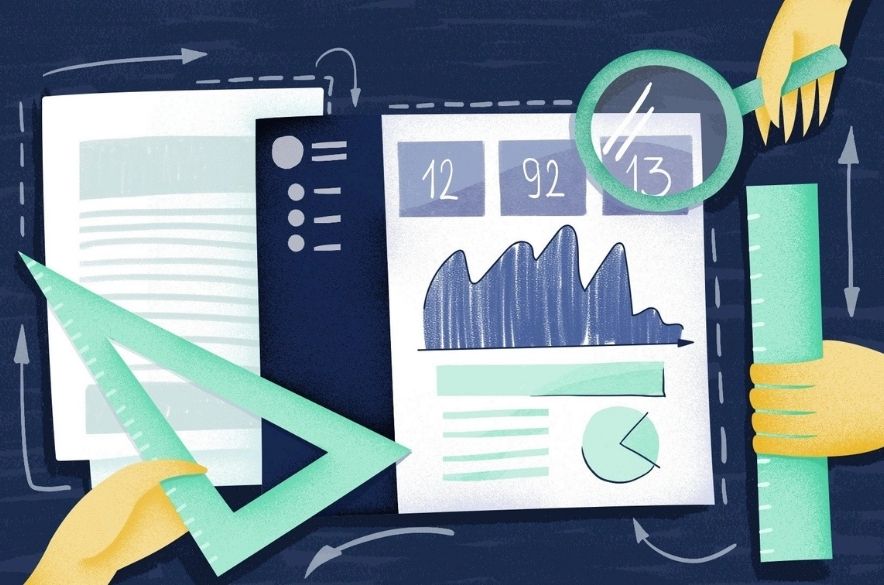4 Ways to Measure Your Social Impact

You likely know the importance of measuring your social impact. You realise that it’s an important metric that needs to be shared with your team, network, and the funders that support you. However, actually measuring that impact is a whole other beast.
A high-quality and robust approach is essential for adequately measuring your social impact, so we’ve put together 4 ways to measure your social impact to help you get started.
Starting With the Basics: What is Social Impact?
In a nutshell, social impact is the long-term positive changes for the individuals and the communities your organisation works with or society as a whole.
We live in a data-driven world and use data and feedback to make nearly every decision—from where to eat dinner to what pair of new shoes to buy. So why would we think that our social enterprises could thrive without this type of data?
There are countless reasons to measure and report social impact, but here are some of the most common:
- Accountability: Reporting to funders with quality reports
- Fundraising: Demonstrating your positive impact in order to bring in new funding
- Improving: Utilising your current social impact as a way to plan for the future and identify areas for improvement
- Communication & Marketing: Sharing your social impact with your audiences a drawing upon the data and stories your social impact provides
- Collaboration: Using your findings to collaborate with similar organisations and actors in your sector
4 Ways to Measure Your Social Impact
Develop and Utilise a Clear Theory of Change
Having a well-established theory of change is one of the best ways to connect what your organisation does with the goals of your organisation (i.e. the impact).
Your theory of change will generally be broken down into five categories: inputs, activities, outputs, and impact. This is a visual way to be able to understand how you bring in resources (i.e. staff, funding, volunteers), how those resources are utilised, and the meaningful changes those have on people or the planet.
Once you have your theory of change, you’ll know what type of data should be collected to determine your impact. You can then develop a set of metrics, or key performance indicators (KPIs) to be able to collect the data necessary to measure your social impact.
Assess the Five Dimensions of Impact
Another way of looking at your social impact is through the lens of the five dimensions of impact.
- What: This looks at the outcome your organisation is contributing to—be it positive or negative.
- Who: This examines your various stakeholders and assesses how they are experiencing the outcome.
- How Much: This goes further to examine the impact on your stakeholders, determining what degree of change they experience, and the duration of that experience.
- The Contribution: This examines your efforts and determines if the contribution was better than what would have occurred otherwise.
- The Risk: The risk looks into the likelihood that the impact will be different than what was anticipated.
Questions to ask:
- What: What outcome occurs over a specific period of time? Was the outcome positive or negative? How does this outcome impact people or the planet?
- Who: Who or what is experiencing the outcome?
- How Much: What is the scale, duration, and depth of the outcome?
- The Contribution: Would the outcome have happened without your organisational efforts?
- The Risk: If the outcome does not occur as expected, what will the negative impact be on people or the planet?
Utilise the United Nations’ Sustainable Development Goals (SDGs)
The United Nations 2030 Agenda for Sustainable Development and its 17 Sustainable Development Goals (including 169 targets) is one of the most ambitious global agreements to have taken place over the past several decades.
It should likely come as no surprise that 62% of companies mentioned the SDGs in their reporting, and many others have used the targets to measure their social impact.
Each SDG could be considered a goal, and each target could be considered a sub-goal that makes measurement much easier. Using the SDGs to measure your social impact has several benefits, namely that it makes it easier to communicate your local impact to a global audience.
Utilise the Global Reporting Initiative (GRI) Standards
Like the SDGs, the GRI standards can be thought of as a common language for organisational reporting. The standards have been designed to allow an organisation to demonstrate their impact in an effective and easy-to-understand manner.
GRI has been around for decades, and their standards are some of the most commonly used ways to measure impact in the world. In fact, according to GRI themselves, out of the 250 largest companies in the world, 80% used GRI standards to report on their impact.
While there is a focus on environmental impacts, social and economic impacts are also assessed using the GRI standards.
Measuring Social Impact Together
Measuring and reporting on your social impact in isolation is not only difficult, but it may also mean that you’re missing out on a crucial connection with a similar organisation or individual. We can all make improvements to the achievements of our social impact, but we need each other to do so.



No Comments